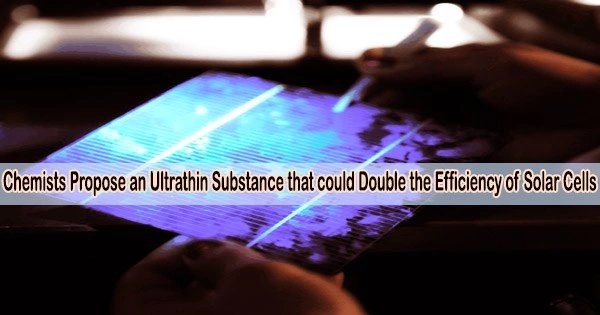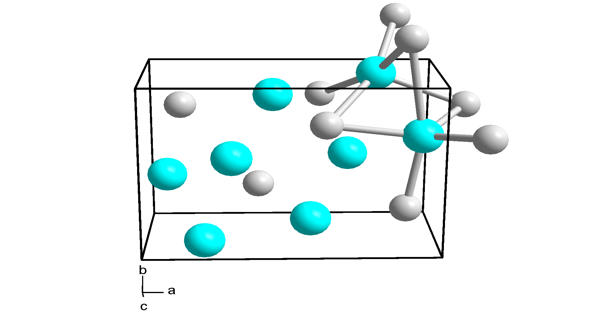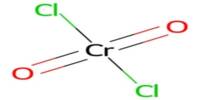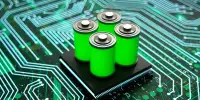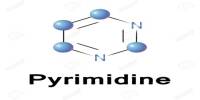Solar power systems, which employ solar cells to turn sunlight into electricity or storable fuels, are gaining traction in a world seeking alternatives to fossil fuels for energy.
The dark bluish solar panels that dot today’s rooftops and open fields are primarily comprised of silicon, a tried-and-true semiconductor material. However, silicon photovoltaic technology has limits, losing up to 40% of the energy it absorbs from sunlight as heat waste. Colorado State University researchers are investigating radical new ways to boost solar power and provide more options for the sector to explore.
CSU chemists propose making solar cells out of a naturally occurring substance called molybdenum disulfide, rather than silicon. The researchers conducted a series of experiments using a novel mix of photoelectrochemical and spectroscopic techniques to demonstrate that extremely thin films of molybdenum disulfide exhibit exceptional charge carrier behaviors that could eventually significantly improve solar technologies.
Chemistry Ph.D. student Rachelle Austin and postdoctoral researcher Yusef Farah led the experiments. Austin works jointly in the labs of Justin Sambur, associate professor in the Department of Chemistry, and Amber Krummel, associate professor in the same department. Farah is a former Ph.D. student in Krummel’s lab. Their work is published in Proceedings of the National Academy of Sciences.
Sambur’s expertise in solar energy conversion using nanoscale materials was combined with Krummel’s knowledge in ultrafast laser spectroscopy to better understand how different materials are structured and function.
This work paves the way for knowing how to design reactors that contain these nanoscale materials for efficient and large-scale hydrogen production.
Professor Justin Sambur
“Sambur’s lab had become interested in molybdenum sulfide as a possible alternative solar material based on preliminary data on its light absorption capabilities even when only three atoms thick,” explained Austin.
They turned to Krummel, whose lab houses a cutting-edge ultrafast pump-probe transient absorption spectrometer capable of measuring the successive energy states of individual electrons as they are stimulated by a laser pulse. Experiments performed with this specialized device can provide snapshots of how charges flow in a system.
Austin built a photoelectrochemical cell out of a single atomic layer of molybdenum sulfide, and she and Farah tracked the cooling of electrons as they traveled through the material using the pump-probe laser.
What they found was astoundingly efficient light-to-energy conversion. More importantly, the laser spectroscopy studies allowed them to demonstrate why such efficient conversion was possible.
They discovered that the material’s crystal structure allows it to harvest and use the energy of so-called hot carriers, which are extremely energetic electrons that are quickly stimulated from their ground states when exposed to enough visible light.
Austin and Farah discovered that the energy from these heated carriers was directly transformed into photocurrent rather than being lost as heat in their photoelectrochemical cell. This hot carrier extraction phenomena does not exist in standard silicon solar cells.
“This work paves the way for knowing how to design reactors that contain these nanoscale materials for efficient and large-scale hydrogen production,” Sambur said.
The project was a collaboration with Professor Andrés Montoya-Castillo and Dr. Thomas Sayer of University of Colorado Boulder, who contributed theoretical chemistry and computational modeling to help explain and verify the experimental data.
“The discovery required a ‘team science’ approach that brought together many different types of expertise, in computational, analytical and physical chemistry,” Krummel said.
